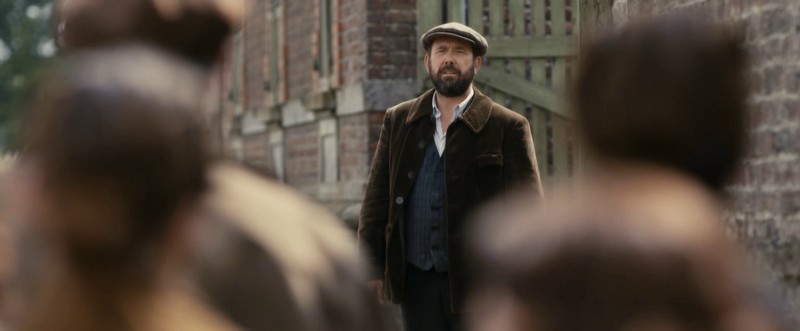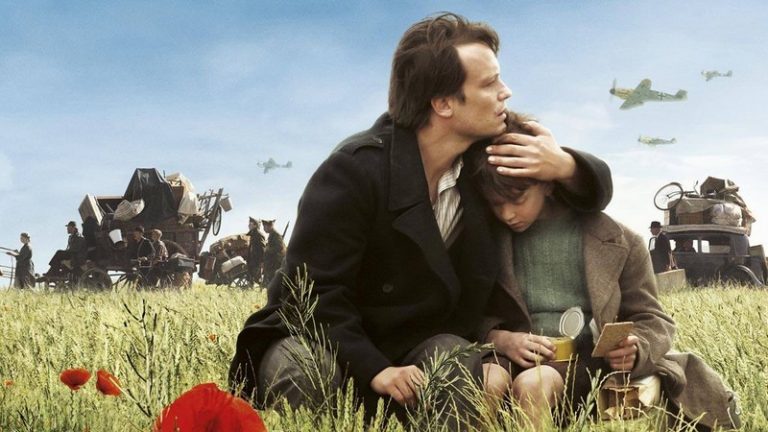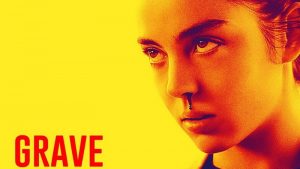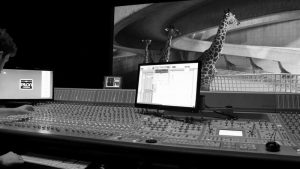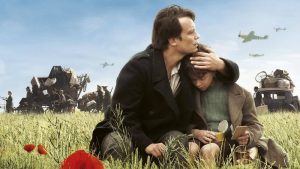Direction : Christian Carion / Original Soundtrack : Ennio Morricone
The Leitmotiv’s strength to draw a line that feeds the story
Ennio Morricone’s Soundtracks rocked my childhood and it seems to me very difficult to summarize this impressive Composer’s work as they are numerous and various from one film to another.
Sensitive to the artist as much as by the man I followed with great emotion the links which were shared at his death on July 6th and discovered a making of (directed by Davivd Dessites) of the film’s recording session “Come what may” directed by Christian Carion.
Ennio’s words on the music caught me to rediscover this film:
I didn’t want to make another war film anymore but this one I understood it was different. It’s a story on people in quest of quietness and peace. While France is invaded we discover the adventure of this convoy in full exodus towards freedom.
Through these well-chosen words, I understand the Maestro was already giving all the elements of the soundtrack’s understanding. The music follows a narrative independent line from the film and is part of it. It is also important to notice the care taken by the Director to stage his story with music (cf. Interview in french for the Underscores Magazine) in order to make it a real Third Character.
Music in Christian Carion’s films
Music often has a special place in Christian Carion’s works, who has collaborated with several composers and explored as many musical universes. Even if he takes different paths on “Farewell” or “My Son”, we can feel in his other films a wish to serve the story with the themes’ lyricism (Philppe Rombi for “Girl from Paris” and “Merry Christmas”or Ennio Morricone in this film), generally avoiding supporting tension (or war) with the music. Sometimes used sparingly, the musical tracks are nevertheless rarely in the mix’s background : designed to be clearly perceptible, they are not relegated to a “wallpaper” role.
Excerpts and Music’s Role analysis
Two scenes to illustrate the Leitmotiv’s principle
Come what may mainly uses a Leitmotiv (recurring musical theme associated with a strong dramaturgical element of the story). We discover it in its first exposition during the first excerpt announcing the villagers’ exile’s departure, approximately twenty minutes after the begining of the film. This short-interval melody which progresses in a gently ascending movement to open on wider intervals while returning to its point of origin express the coming migration and the brotherly will of the inhabitants. The musical discontinuity ensured by long silences between each short melodic phrase further amplifies this feeling, bringing us back to the idea of large spaces (Christian Carion also wanted to call the Western for this film). The theme will follow the progression of the exodus throughout the story.
We can also find it in the second excerpt, which chronologically corresponds to the story’s last third. Hans is looking for his son Max and is afraid to find him dead buried. The scene ends on a note of hope : Max still seems alive.
The theme brings a form of gravity in relation to the discovery of the graves by Hans. Progressing in short intervals, the melody continues to ascend more clearly as the discovery of the deceased child. The musical climax corresponds to the body’s revelation. The silences between each melodic movement generate tension, they create an expectation towards musical resolution. Thus, these breaths leave an important place for the emotion of the character and the spectator. Because it traces its own narrative line without supporting the images’ harshness, here the music allows us a great freedom of interpretation. The theme continues with the arrival of Percy (Hans’ Scottish friend of the road) on an ample and very consonant melodic motif accompanied by an upward bass movement to achieve a great opening : this glimmer of hope will allows Hans to resume looking for his son again.
War in the Story
These excerpts perfectly illustrate the general idea of music throughout the story, in very different dramatic situations. We are not here in a “War movie” even though it is a movie about War. The fight scenes are not illustrated by the music, which therefore retains a very specific narrative line, calling up this desire of freedom, both for the Villagers but also for Hans and Max, who fled Germany in quest of peace and quiet.
We can see the strength of a well-thought-out Leitmotiv to dress with cleverness sometimes contradictory situations, weaving an independent line while supporting the action, without “accompanying the viewer by the hand” but, on the contrary, bringing to him some additionnal feelings and reflexions’ elements.
And for the Record...
Ah, I forgot to tell you : I wrote a second theme totally outside our agreements. You will find it out in the studio !
This is how Ennio Morricone concluded the phone call exchanged with Christian Carion during the 2015 New year’s wishes (cf. french Interview for the Underscores’ magazine ). Pierluigi Pietroniro, Violinist of the Orchestra which played the Original Soundtrack and faithful Composer’s Collaborator since 1983 told me about this very specific situation on the Recording session :
“The Director didn’t know all the tracks before recording” – The Maestro was familiar with this working before Shootings and Recording sometimes before the end of post-production but it’s much more uncommon in Film Music.
“We began to read a track that Christian Carion would discover live a bit later : Ennio wished a perfect execution when the Director would be there. When he arrives we played and recorded the music. He was really moved by it and moved towards Morricone to thank him warmly of this surprise. An intense emotion gained the room. A unique moment I had never experienced in 30 years of a session-man career.”
The not planned track in question was integrated to the film. Taking risks is one of the keys of a great author’s work. A Composer who has the confidence and freedom to explore outside specifications can sometimes (but not always) brings great surprises.
/ Synopsis
On 10 May 1940, the German Army invades Belgium and France via the Ardennes.
Frightened by the progress of the enemy, the people of the small village of Lebucquière decide, on the recommendations of the prefecture, to give up everything to go on the road, fleeing to the coast.
Among them is Paul, the village mayor. He leads the group, seeking to maintain a minimum of order and republican spirit in this nomadic life. Mado, his wife, plays music, trying to recreate the fragrance of life when friends would come to his coffee shop in the village.
Suzanne, a young teacher, acts as a scout to choose the least congested route. She supports a small German boy, Max, 8 years old, whose father Hans was arrested after the declaration of war.
During the Battle of Arras, residents are released from prison and abandoned in the deserted city. Hans manages to flee the city, accompanied by a Scottish officer, Percy, whose entire unit died under German bullets.
These two will travel together. Hans seeking to recover his son who fled the village, and Percy hoping to reach the sea to find a boat back to England.
/ Informations
Direction : Christian Carion
Music : Ennio Morricone
Production : Nord-Ouest Films, Pathé, France 2 Cinéma, Appaloosa Distribution, Une Hirondelle Productions.
Music nominated on the Cesars and World Soundtrack Awards 2016.
To write the script Christian Carion got inspirated by his mother’s story. Originally from the city of Cambrai, in the north, she took the exodus’ road in May 1940, like 8 million French people who fled the German army.
Additional Resources :
- Interview (in french) : Christian Carion and Ennio Morricone for the Underscores’ Magazine
- Making-of of the music made by David Dessites
